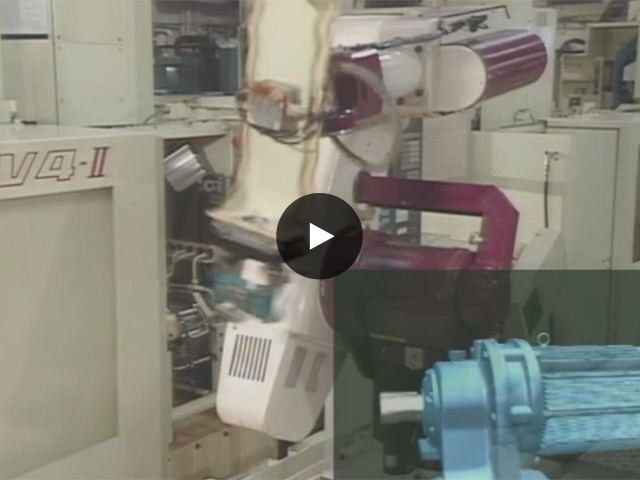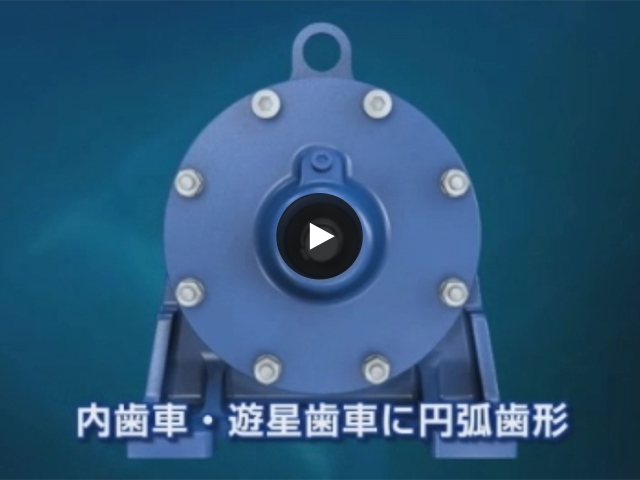Cyclo® Drives
Continue to Evolve
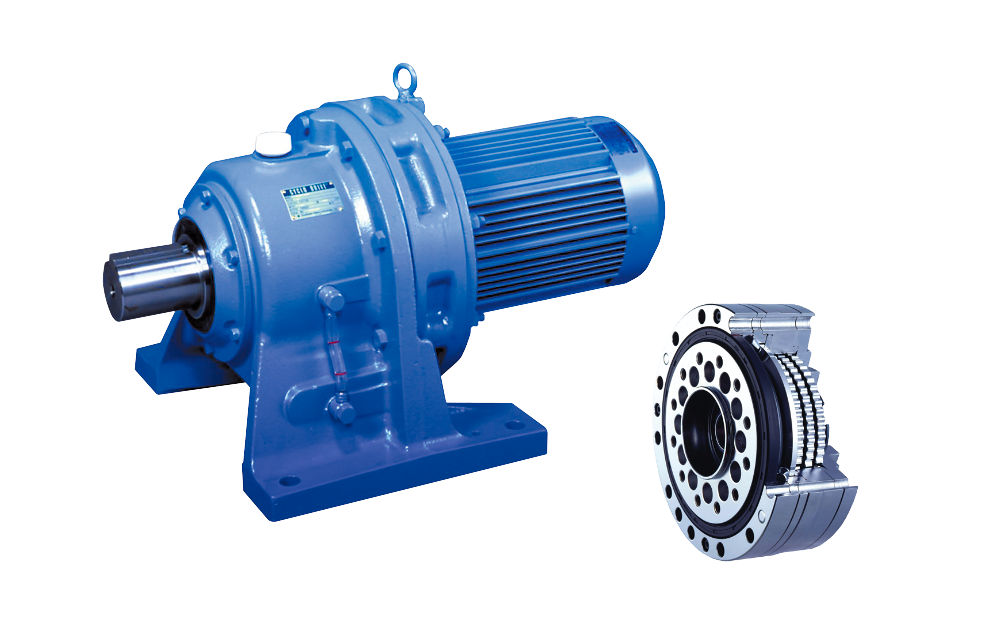
Reduction gears grew widespread with the development of motor technology. All motors, except those which apply their internal rotation directly, require some sort of reduction gear device. It would hardly be an overstatement to say that wherever there is a motor, you will also find a reducer. Since their creation more than 70 years ago, reduction gears have comprised a core technology of SHI Group. They have maintained an unwavering presence, and new markets continue to open up for them.
Robust construction makes maintenance easy.
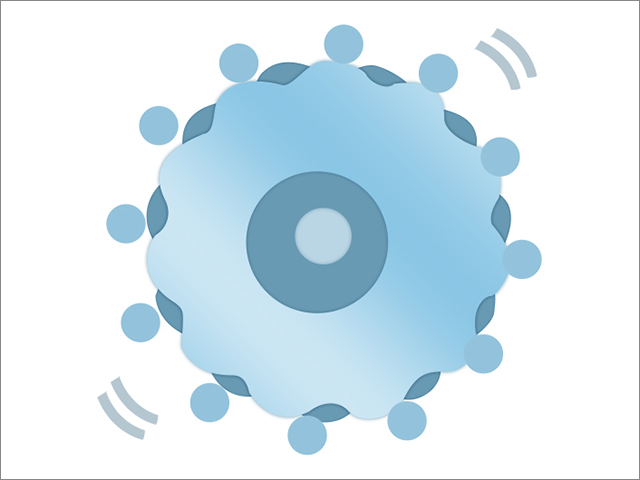
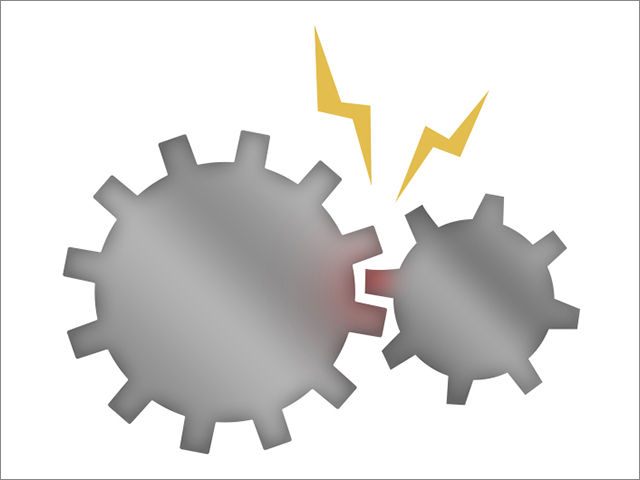
Reduction gears are devices that reduce the rotation speed of a motor to an optimum rate while increasing the torque. Installing reduction gears between the motor and the device it powers allows control of both torque and rotation speed. These devices have vast applications, ranging from industrial machinery such as robots and carrier lines in manufacturing plants, to screws on vessels or propellers on aircraft.
Cogwheels are often used in the mechanism of reduction gears, but as common gears (involute gears) have a limited contact ratio, friction and breakages due to impact are common. Rather than involute gears, Cycle® Drives incorporate special gears with curved plates that achieve a smooth, rotating contact through a proprietary wave shape, designed to absorb and distribute impact load over multiple cogs. The greatest feature of these products is their toughness and durability, achieved with raw materials such as high carbon chromium bearing steel.
The production of reduction gears at the SHI Group goes back to 1911. A technical collaboration agreement established with Cyclo GmbH in 1937 led to the first production of Cyclo® Drives in Japan. Since then, 70 years of technical innovation have made the Cyclo® Drives brand name virtually synonymous with reduction gears.
The Cyclo® Drive reduction gears were the invention of Lorenz Braren, an engineer from Munich, Germany. Records indicate they were used during the Second World War in machinery for extending and retracting landing gear on fighter aircraft. Compared to the existing hydraulic actuators (drive gears), they were more robust, had fewer defects such as oil leaks and were easier to repair. And even today, these advantages remain unsurpassed.
One idea, two gears. Overlapped but offset, these cogs made devices smaller
The following history of Cyclo® Drives has been a single-minded pursuit of lower weight and smaller dimensions. The most significant step in compacting the drives was the "dual cogwheel differential gears", a mechanism invented in the 1970s. Two cogwheels with the same cog shapes are overlaid with offset phases to increase the number of engaged cogs, an advance which improved both power transmission efficiency and durability.
A dual cogwheel design developed in 2001 has one fifth the weight and one half the external frame diameter of the 1965 single cogwheel design, with the same output revolutions.
Technical innovations to the details, such as better raw materials for cogwheels, better lubrication through improved surfacing accuracy and computer-optimized design technologies, naturally played a great part in making these products more compact. The Cyclo® Drives of the SHI Group could be considered a set of advanced intellectual properties, built around a portfolio of over 200 patents.
The slim size of Cyclo® Drives has led to their use in precision components, such as the joints of industrial robots.
Growing use in wind power, a globally expanding market
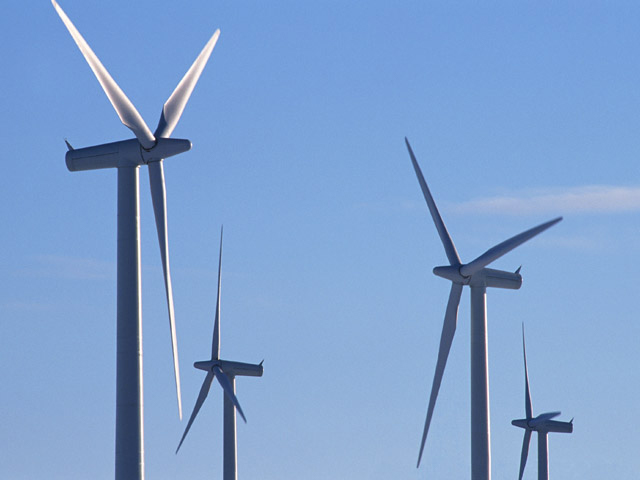
The SHI Group currently produces and sells multiple models of Cyclo® Drives to meet the demands of customers at 250 sites in 50 countries around the world. These are quite literally global products. And even now, 70 years after the first unit was produced, no end is in sight for technological innovations or new fields of demand.
One such market is wind turbines. With opinions of renewable energy changing for the positive, the capacity of wind power generators around the world is expected to increase. In wind power generation, the main unit of the windmill must swivel in minute increments (yaw drive), following the direction of the wind. The pitch drive must also adjust the angle of the blades (or vanes) according to the strength of the wind. Control over these two rotations, performed inside the nacelle (the section wherein the power generator and other components are contained), is a strong point of the Cyclo® Drives.
The SHI Group has been intensifying its presence in the field of wind power generation through products such as commercialized reduction gears using Cyclo® Drives for yaw drives. The high reliability and superior durability of Cyclo® Drives will support the energy demands of the coming generation as well.
- *All contents are as of the time of the interview.
SHI Pride
- Vol.1 A Clear View of the Distant Heavens
- Vol.2 Cures without Surgery: Advanced Cancer Treatment
- Vol.3 Exploring the Mysteries of Space
- Vol.4 Dramatically Changing Quayside Cargo Handling
- Vol.5 Cyclo® Drives Continue to Evolve
- Vol.6 The Steam Turbine - Protecting the Environment and Advancing Society
- Vol.7 Persistent Determination to Reduce Defects, Losses and Faults to Zero
- Vol.8 Treating Cancer through the Use of Neutrons - A Compact Accelerator Opens the Door to Widespread Use -
- Vol.9 Automated storage system with unrestricted movement, for transforming the future of the logistics industry
- Vol.10 Anaerobic Wastewater Treatment and Biogas Power Generation System using Ume Seasoning Effluent bringing Recycling-Friendly Society

